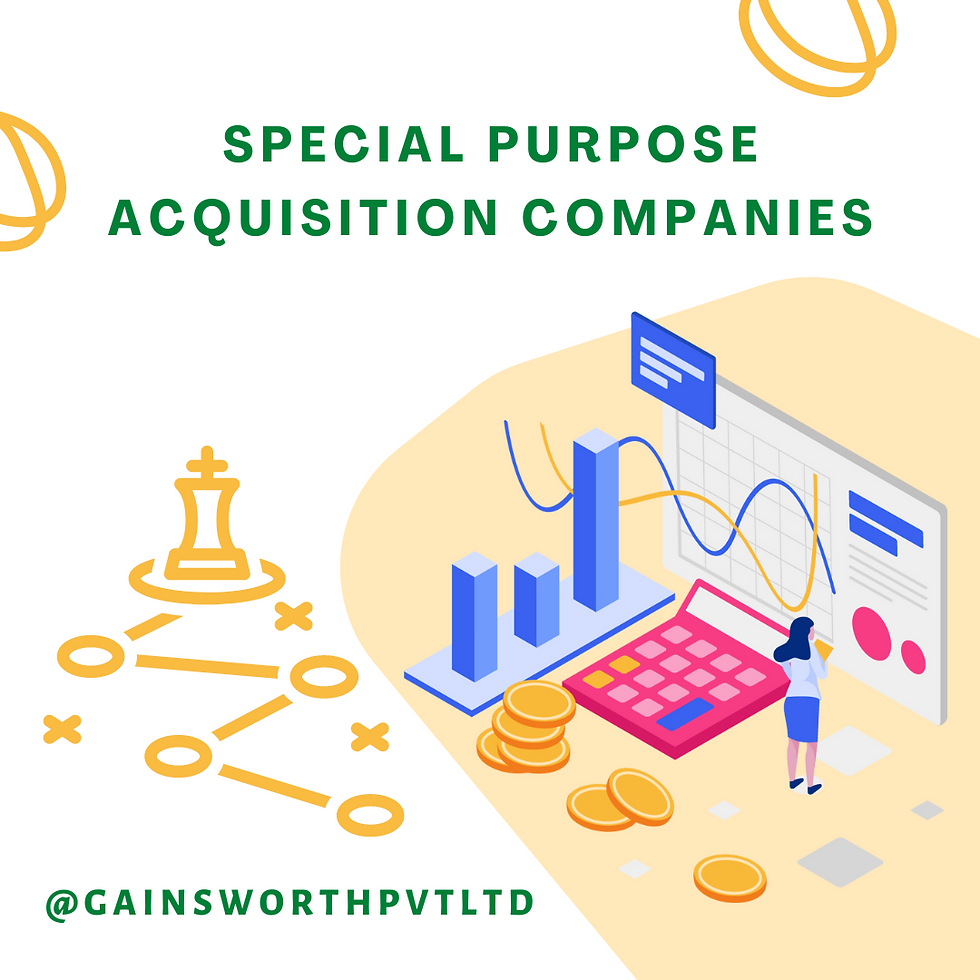Technology-Enabled Improvement: SaaS
- Gains Worth
- Apr 29, 2022
- 3 min read

Are organizations ready for SaaS? Chances are they are already using it to some extent. From email and web conferencing to office tools, we’ve probably transitioned to using specific programmes that employees can connect to and utilise over the internet in recent years. SaaS is nothing but that. It is a subscription-based software solution housed in the public cloud that one acquires from a technology provider. But how does it work? Basically, an organization rents the usage of an app, and its users connect to it via the internet, usually through a web browser. The service provider's data centre houses all of the underlying infrastructure, middleware, app software, and app data. The service provider then administers the hardware and software, ensuring the app's availability and security, as well as your data, under the terms of the service agreement. One of the biggest advantages of SaaS is that it allows a company to be up and running with a technological solution quickly and for a low initial cost. With the tide turning, more businesses are starting to get serious about adopting the cloud at scale. After shifting its desktop productivity package Office to the cloud, Microsoft subsequently became one of the world's largest SaaS enterprises. Not only Office 365 surpassed the bundled client version in terms of sales, it also provides on-demand Dynamics CRM, SharePoint collaboration, and SQL Server databases. The company also places a high emphasis on customer acquisition, onboarding, success, and retention, making it a strong challenger for commercial customers with a diverse set of customers. Few of the many reasons companies have adopted this new change : SaaS is being considered to be a great option if one’s looking to eliminate the upfront costs of purchasing and installing a new solution. Not only it reduces overall IT cost of ownership but gives access to sophisticated enterprise applications, like ERP and CRM, in a much more affordable way. Hubspot, through SEO and simply a mastery of its subject matter has become a site virtually unmatched in how well it understands its audience. More than just a platform for its SaaS product, the company has become a reliable resource for users and non-users alike and, at this point, is synonymous with inbound marketing.
But we need to keep in mind that SaaS isn’t just about saving money. It also provides a firm with unrivalled speed and flexibility, allowing one to connect their organisation in real time, foster true intercompany cooperation, and support significant analytics. It offers to enable staff to be more mobile by providing safe access to SaaS programmes and data from any computer or mobile device.
A service provider maintains the security and integrity of data, and the firm doesn’t have to worry about designing separate apps for different devices because now that’s taken care of by a separate entity Furthermore, because all data is kept in the cloud, there is zero threat of losing any critical information if a device fails.
Since experience is more important than ever in retail, and it's up to the firm to provide personalised, digital, and social experiences that pique its customers' interest and keep them coming back. A SaaS strategy can assist in re-architecting one's systems to support unified commerce. It allows the freedom and flexibility to add new features as and when the need arises, as well as real-time access to operational, financial, and consumer data across all channels. And moving mission-critical applications to the cloud does not require a security trade-off. In fact, businesses stand to gain many benefits from the security built into the cloud.
Thus, Retailers who make this transition to SaaS can look forward to transforming every aspect of their organization for the better, from the customer experiences they provide, to how their employees work, to the underlying business processes which support their operations.



Comments